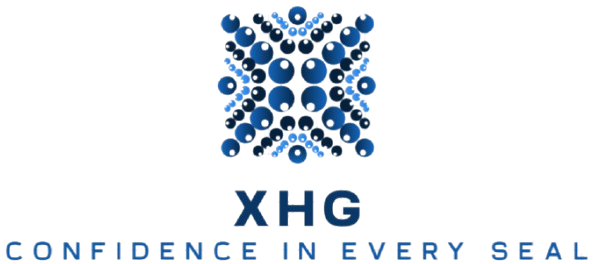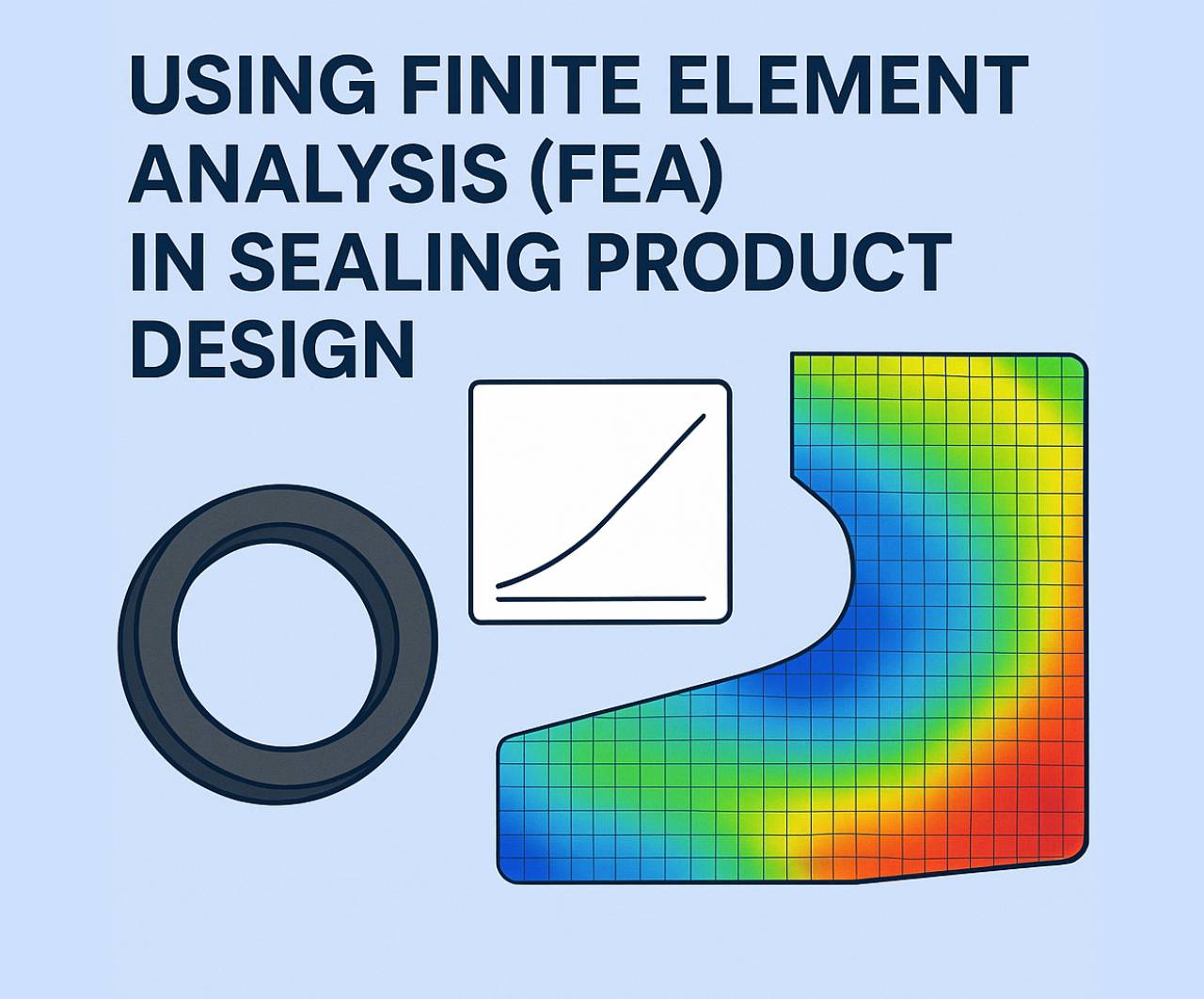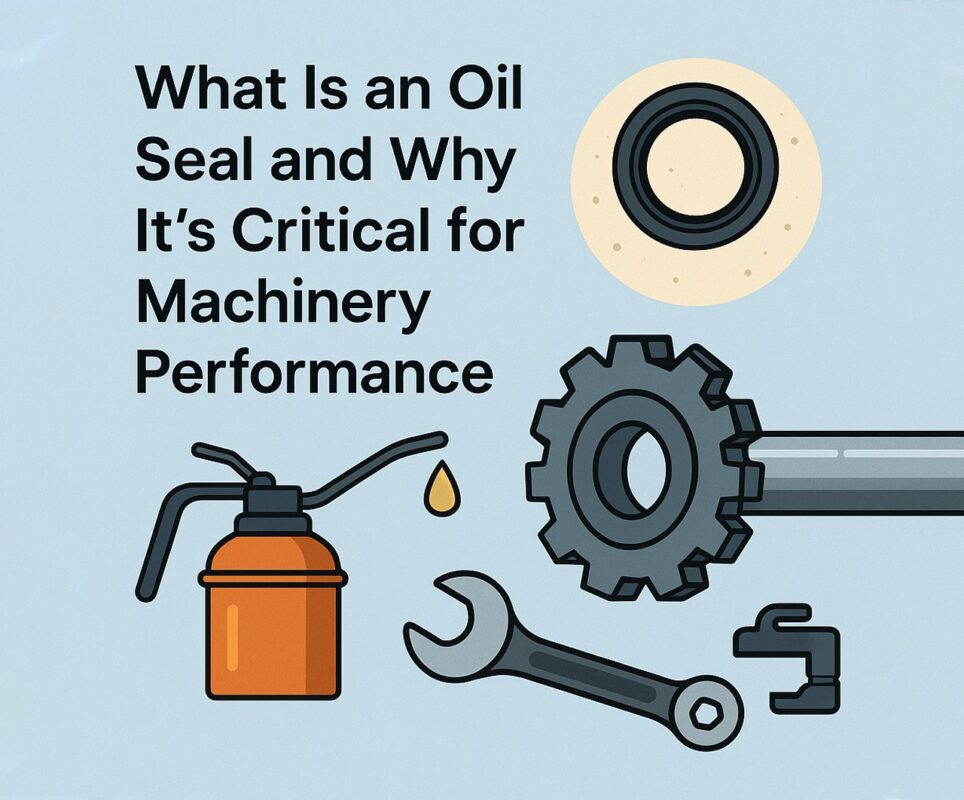When it comes to precision sealing in high-performance systems, the stakes are high. Whether developing custom rubber seals, refining high pressure hydraulic seals, or improving dynamic rotary seals, designers must balance durability, leakage prevention, and material performance against demanding mechanical and environmental conditions. This is where Finite Element Analysis (FEA) has become a game-changing tool in modern sealing product development.
In this article, we’ll unpack how FEA supports smarter, faster, and more reliable sealing product design, and why it’s now indispensable for engineers developing mission-critical components. Know more..
What Is Finite Element Analysis (FEA)?
FEA is a digital simulation technique that breaks down complex components into a network of finite elements. By applying forces, pressures, and constraints to this model, engineers predict how a part like custom rubber seals or dynamic rotary seals will deform, stretch, and interact with mating surfaces under real-world conditions.
It turns theoretical designs into visual, data-backed insights before a single prototype is cut, saving time, reducing risk, and optimizing performance.
Why FEA Matters in Sealing Applications
Sealing components endure high compressive loads, dynamic movement, and exposure to chemicals, heat, and pressure spikes. Without tools like FEA, predicting stress points, wear patterns, and seal extrusion risks in high pressure hydraulic seals is guesswork.
FEA empowers engineers to:
- Visualize deformation and stress distributions.
- Simulate thermal cycling effects.
- Detect seal leakage paths.
- Optimize material selection.
- Reduce prototype cycles.
- Predict service life and failure modes.
For industries where seal failure can halt operations or endanger safety, FEA elevates design confidence.
How FEA Supports Custom Rubber Seals Development
Designing custom rubber seals demands precision tuning of cross-section geometry, durometer hardness, and gland clearances. FEA makes it possible to:
- Predict seal compression under load.
- Assess contact stresses at seal interfaces.
- Visualize extrusion risks into high-clearance gaps.
- Simulate installation stretch and squeeze effects.
This upfront analysis streamlines the selection of elastomer compounds and profile shapes tailored to each application.
Pro Tip: FEA is particularly useful in validating dual-material custom rubber seals combining soft sealing lips with harder anti-extrusion features, ensuring balanced performance across pressure and temperature extremes.
Designing High Pressure Hydraulic Seals with Confidence
High pressure hydraulic seals operate under extreme stress. FEA predicts how pressure fluctuations deform seal profiles, revealing weak points that might cause extrusion or blowout.
Through FEA, engineers can:
- Model pressure ramp-up scenarios.
- Evaluate extrusion gaps at peak pressures.
- Assess temperature-induced material softening.
- Optimize backup ring designs.
- Simulate rapid decompression events.
Bonus Insight: Simulating pressure spikes and decompression effects reduces the risk of seal damage in rapid-cycle hydraulic systems, ensuring consistent, long-life performance.
FEA in Dynamic Rotary Seals
For dynamic rotary seals in pumps, compressors, and motors, maintaining consistent sealing contact while minimizing friction is crucial. FEA allows:
- Predicting dynamic lip deformation under shaft rotation.
- Assessing hydrodynamic film effects.
- Simulating wear over time.
- Optimizing seal groove tolerances.
- Analyzing heat generation from friction.
By refining these variables digitally, designers improve rotary seal life and reduce premature leakage.
Emerging Idea: Coupling FEA with Computational Fluid Dynamics (CFD) modeling is increasingly popular for dynamic rotary seals, enabling better prediction of fluid film behavior and seal cooling efficiency.
New Ideas: Multi-Physics Simulations
Modern FEA software enables coupled simulations combining:
- Thermal expansion with mechanical loading.
- Pressure cycling with dynamic motion.
- Chemical swelling with material softening.
This allows engineers to develop high pressure hydraulic seals and dynamic rotary seals that perform consistently through thermal, chemical, and mechanical extremes.
Future Trend: AI-enhanced FEA systems are emerging, using machine learning to predict optimal seal designs without exhaustive simulation runs. These AI-driven systems speed up design iteration cycles and help uncover non-obvious failure points.
Common Sealing Failures FEA Can Prevent
Without FEA, these issues often go undetected until after installation:
- Seal extrusion into clearance gaps under high pressure.
- Compression set from excessive squeeze in static applications.
- Wear tracks on dynamic seal lips.
- Uneven contact pressure causing localized leakage.
- Thermal hardening or chemical degradation zones.
Simulating these scenarios with FEA protects project budgets, improves equipment uptime, and ensures consistent field performance.
Best Practices for FEA in Sealing Design
- Use accurate material data: Include temperature-dependent modulus, elongation, and compression set values.
- Model full assembly contacts: Include gland walls, shafts, and backup rings.
- Run worst-case load cases: Simulate maximum pressure, temperature, and motion extremes.
- Validate with physical tests: Correlate FEA predictions with prototype data.
- Incorporate wear and fatigue modeling: Track seal degradation under real-use conditions.
These steps ensure your custom rubber seals and high pressure hydraulic seals designs are production-ready.
Expanding FEA Beyond Traditional Sealing Products
While widely used for high pressure hydraulic seals and dynamic rotary seals, FEA’s value extends to:
- Pneumatic cylinder seals
- Food-grade static o-rings
- Oil and gas blowout preventer seals
- Aerospace flap and rudder hydraulic seals
- Biopharmaceutical aseptic flange seals
Modern design teams are applying FEA even to low-pressure systems where operational downtime or contamination risk is unacceptable.
Sustainability and Lifecycle Benefits
Optimizing sealing products with FEA delivers operational and environmental advantages:
- Extends seal service life, reducing waste and maintenance.
- Minimizes over-design and excess material use.
- Supports safer, leak-free operations in sensitive environments.
- Enhances component standardization for reduced inventory overhead.
Forward-thinking manufacturers are integrating FEA as part of broader sustainability initiatives.
The Future of FEA in Seal Design
As materials like thermoplastic elastomers, carbon composites, and hybrid PTFE blends enter the market, FEA will remain central to understanding how these behave under complex sealing demands.
Emerging trends:
- Real-time digital twin simulations for predictive seal monitoring.
- AI-driven optimization reducing design iterations.
- Multi-material FEA tools for evaluating dual-compound seals.
The future of custom rubber seals, high pressure hydraulic seals, and dynamic rotary seals is being shaped by these advancing digital tools.
Final Thoughts
Finite Element Analysis has revolutionized the way engineers design and validate sealing products. From custom rubber seals to high pressure hydraulic seals and dynamic rotary seals, FEA shortens development cycles, improves reliability, and reduces costly field failures.
As AI integration advances and multi-physics simulations become standard, sealing product design is entering a new era of predictive accuracy. Investing in FEA-enhanced design processes isn’t optional for modern manufacturers — it’s the competitive edge for delivering durable, efficient, and environmentally responsible sealing solutions. Know more..



